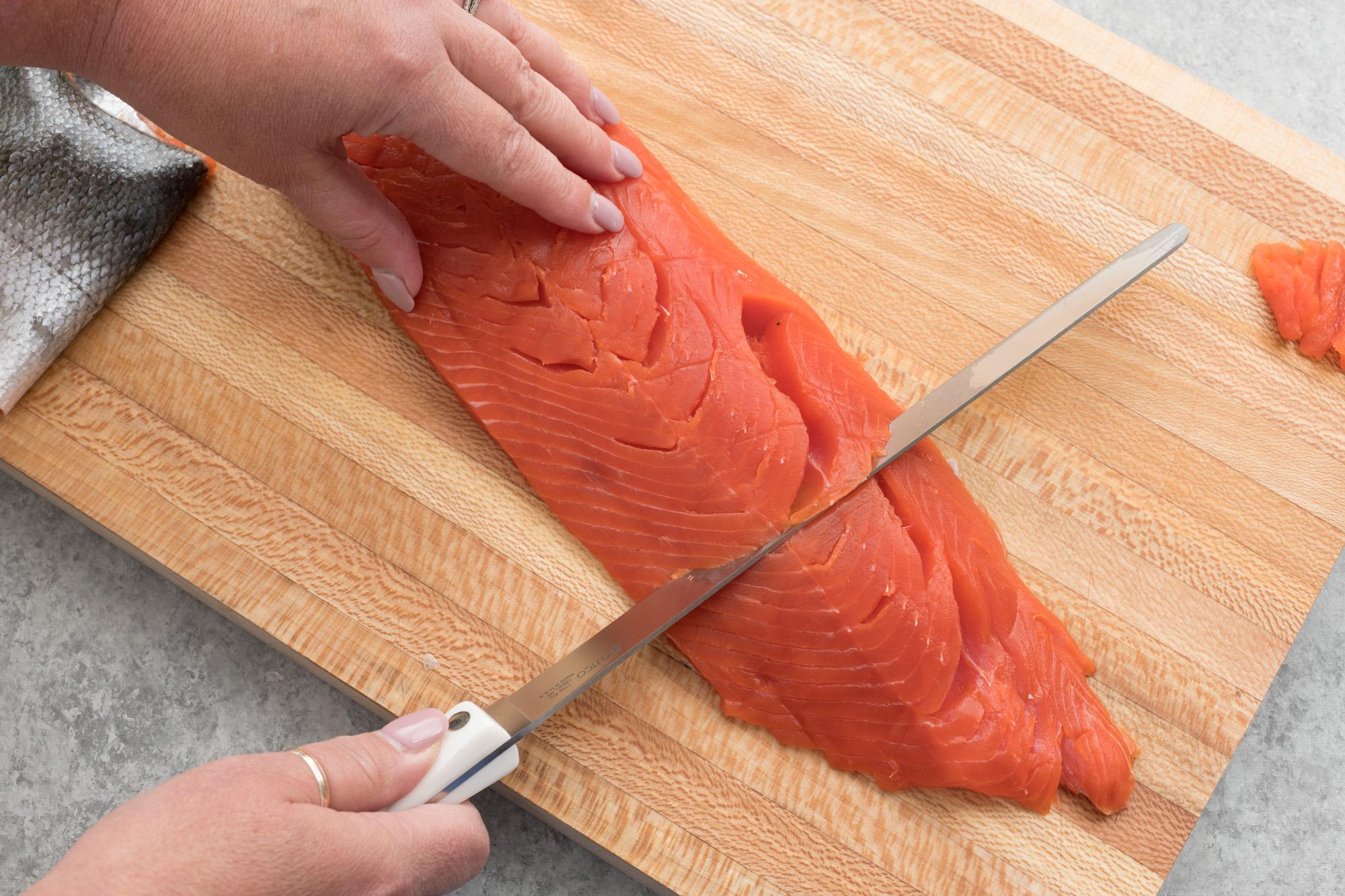How to Masterfully Use a Santoku Knife in Your BBQ Endeavors
Written By James Morgan
In the world of barbecue, having the right tools is vital. One of the quintessential tools that every BBQ enthusiast should have in their arsenal is the Santoku knife. The question you might be asking yourself is 'how to use a Santoku knife' effectively to enhance your barbecue experience? Here's a comprehensive guide that delves into the art and science of wielding a Santoku knife like a pro.

Understanding the Santoku Knife
Before we delve into the techniques, it's important to understand what makes a Santoku knife unique. The term 'Santoku' means 'three virtues' or 'three uses,' which refers to the knife's versatility in slicing, dicing, and chopping.
Anatomy of a Santoku Knife
The Santoku knife generally has a shorter blade compared to a chef's knife, usually around 5 to 7 inches long. The blade is straight with a slightly curved tip, making it perfect for precise and thin cuts. It's primarily designed for cutting vegetables, slicing fish, and chopping meatsideal for your barbecue preparations.
Material and Build
Most Santoku knives are crafted from high-carbon stainless steel. This makes them extremely durable while retaining their sharpness for longer periods. The handle is often made from wood or durable polymer, offering a comfortable grip.
:max_bytes(150000):strip_icc()/__opt__aboutcom__coeus__resources__content_migration__simply_recipes__uploads__2019__05__knife_skills_METHOD00002-57c17ebfcbbc4e73bd35332b57a86500.jpg)
Why Choose a Santoku Knife for BBQ?
For barbecue enthusiasts, a Santoku knife offers unparalleled precision. Its ability to handle a wide range of tasks, from slicing vegetables to cutting through meats, makes it an invaluable tool for any BBQ lover.
Precision Cuts
When you're preparing ingredients for your barbecue, precision is key. The Santoku knife's sharp blade and ergonomic design allow for thin, uniform slices that cook evenly on the grill.
Versatility
One of the most appealing aspects of a Santoku knife is its versatility. Whether you're slicing tomatoes for a burger, dicing onions for a marinade, or chopping herbs for a garnish, this knife can handle it all.

How to Use a Santoku Knife: Step-by-Step Guide
Now that we know the basics, let's get into the nitty-gritty of using a Santoku knife effectively.
Grip and Stance
First and foremost, your grip and stance are crucial. Hold the knife firmly but not too tightly. Place your index finger on the spine of the knife for better control. Your other hand should hold the food object in a claw-like grip to ensure safety.
Slicing
When slicing, use a forward and downward motion to let the knife do the work. The straight blade of the Santoku is perfect for making thin, even slices. This is particularly useful when preparing vegetables like zucchini or bell peppers for grilling.
Dicing
For dicing, the Santoku knife excels due to its wide blade. Make horizontal cuts, followed by vertical ones to create perfectly diced pieces. This technique is ideal for onions and other similar vegetables.
Chopping
Chopping with a Santoku knife involves a straight up-and-down motion. This method is perfect for harder vegetables like carrots or even for chopping herbs finely.

Maintenance Tips
Maintaining your Santoku knife ensures it remains effective for a long time.
Regular Sharpening
Regularly sharpen your Santoku knife to maintain its edge. Using a whetstone is often recommended for the best results.
Proper Storage
Always store your knife in a knife block or magnetic strip to keep the blade safe and sharp.
Conclusion
Mastering the use of a Santoku knife can significantly enhance your barbecue preparation. With the right technique and regular maintenance, this versatile knife will become a staple in your BBQ toolkit.
FAQ
1. What foods can I cut with a Santoku knife?
A Santoku knife is perfect for cutting vegetables, meats, and even fish. Its versatility makes it ideal for a wide range of barbecue preparations.
2. How often should I sharpen my Santoku knife?
For optimal performance, it's advisable to sharpen your Santoku knife every few months, depending on usage.
3. Is a Santoku knife better than a chef's knife?
Both knives have their advantages. While a chef's knife is more versatile in general, a Santoku knife offers greater precision, making it perfect for specific tasks like slicing and dicing.
As an Amazon Associate, I earn from qualifying purchases.



